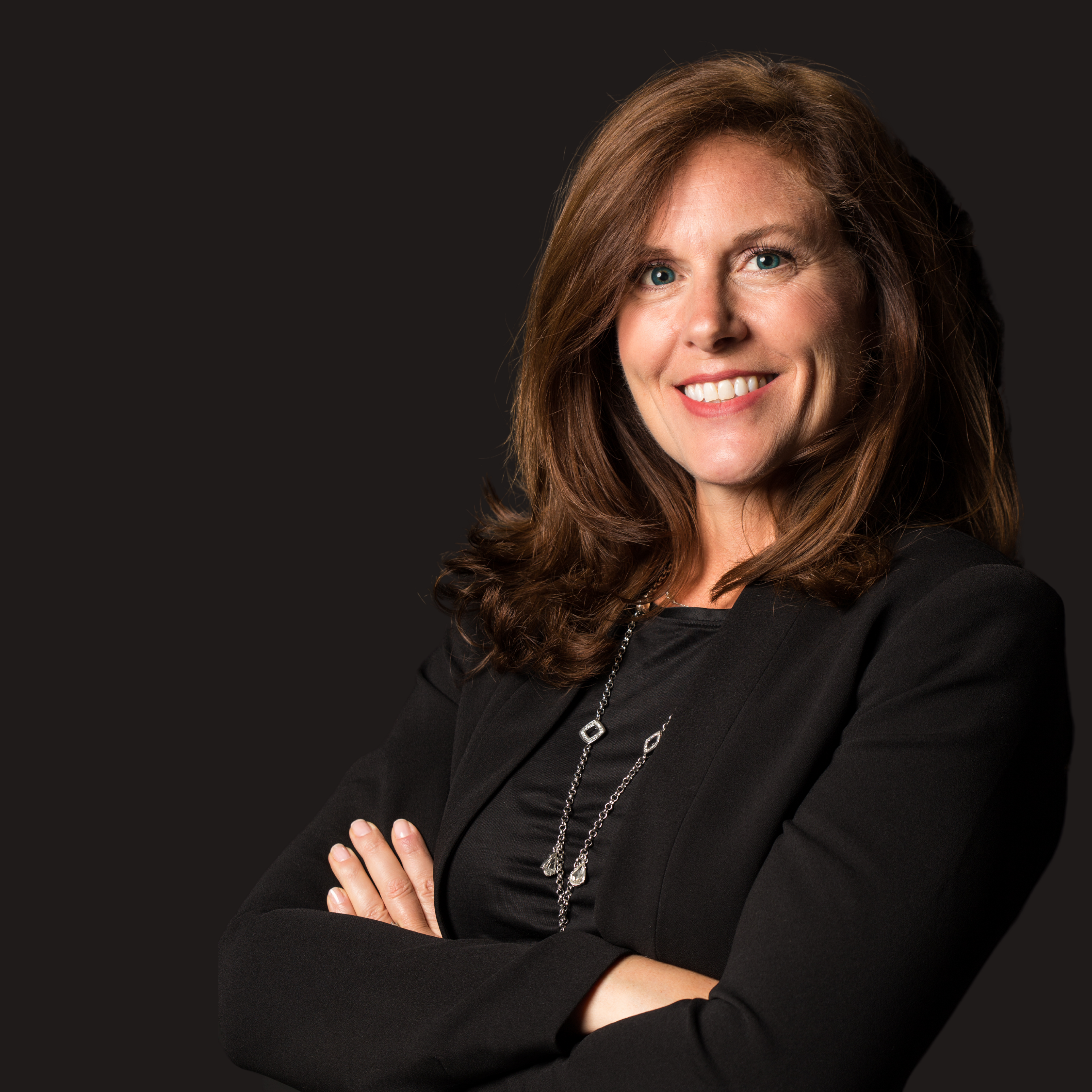As a fitness professional, when I get a new client, one of the first questions I ask is, “What are your goals?” After I understand my client’s goals, I then want to understand why s/he has decided to hire me now? What event happened that caused him/her to seek help? What I’ve noticed about these two questions, is that motivation and adherence change based on a persons age.
When we’re in our 20’s, we want to look good. Our appearance is very important. Although there is nothing wrong with wanting to look good, oftentimes it’s not a strong enough goal to make us want to stick to the initial goal.
In our 30’s & 40’s we want to be able to keep up with our children, maybe getting our clothes to fit a little looser.
In our 50’s, we realize that for the past few decades, our children and careers have placed higher on our list of priorities than our own health, and we need to reconnect; we also realize that if we, ourselves, are not on medication, many who are close to us are, & our bodies aren’t recovering like they used to. We’re stressed out, sleeping poorly, eating what our children have dictated, and our bodies reflect it. It’s at this age and later that we also start to realize our own mortality.
Oftentimes, when we talk about changing our habits to healthier lifestyle choices, we talk about living longer. There’s little data to support that exercise will allow us to live longer lives, and increase our life span. What research does prove is that our quality of life will be higher as we age. What does that mean? It means that you’ll be able to play golf longer. It means that you’ll be able to live a disease free life. It means being alert and engaged in life versus living in assisted living, eating tapioca.
Recently, the New York Times published an article about The Benefits of Middle-Aged Fitness. What’s exciting about this article is that research now supports that the more years we exercise, the better our quality of life will be as we age. We’ll live with fewer medications, more years of independence, and the best part is that it doesn’t have to be hours and hours of exercise. From the article:
And moving out of that least-fit category requires, he says, “only a small dose of exercise,” like 20 or 30 minutes of walking on most days of the week.
Its never too late to become healthier. Any time you put in now will allow you to get higher returns on your investment later on.

Elizabeth is a Master Certified Life and Health Coach with over 18 years of experience, dedicated to helping women in midlife thrive through holistic health and wellness. Her personal journey began with a desire to reduce her own breast cancer risk, which evolved into a mission to guide women through the complexities of midlife health, from hormonal changes to mental clarity and emotional resilience.
Elizabeth holds certifications from prestigious institutions such as The Life Coach School, Precision Nutrition, and the American Council on Exercise, as well as specialized training in Feminist Coaching and Women’s Hormonal Health. Her approach is deeply empathetic, blending her extensive knowledge with real-life experience to empower women in their 50s and 60s to build sustainable health habits that last a lifetime.
Recognized as a top voice in women’s health, Elizabeth speaks regularly on stages, podcasts, and webinars, inspiring women to embrace midlife with energy, confidence, and joy. Her passion is helping women regain control of their health, so they can fully engage in the things that matter most to them—whether that’s pursuing new passions, maintaining strong relationships, or simply feeling great in their own skin.